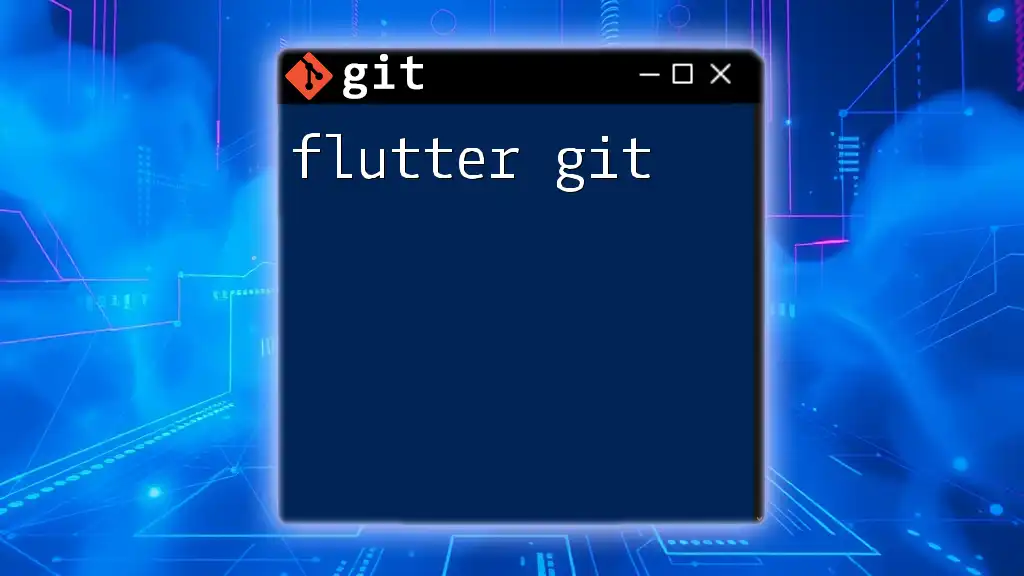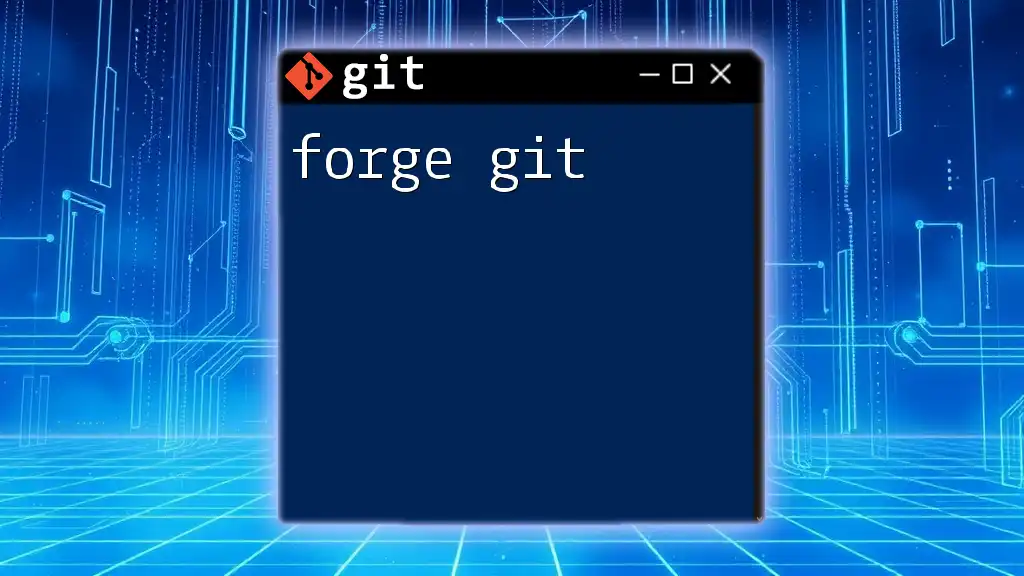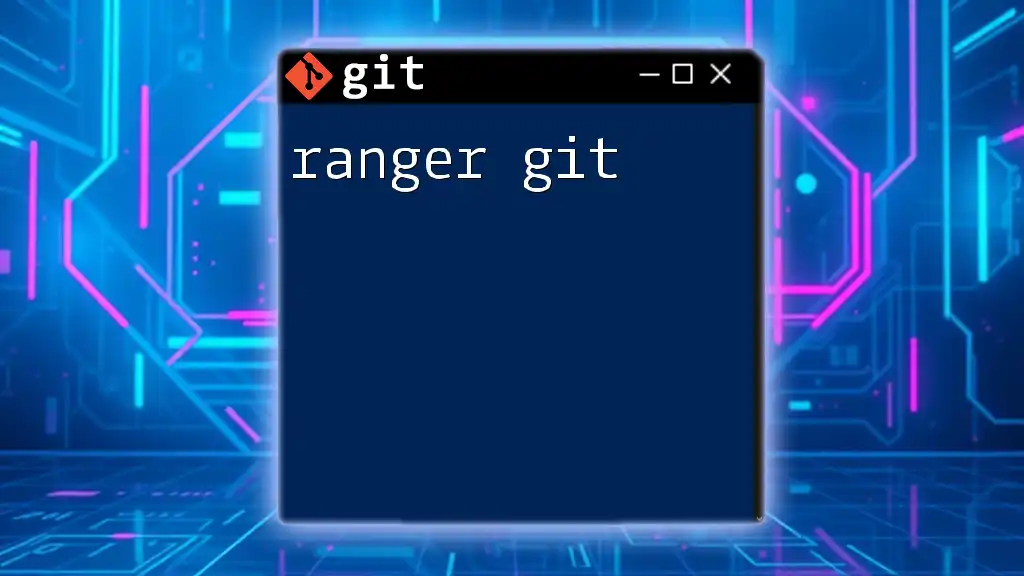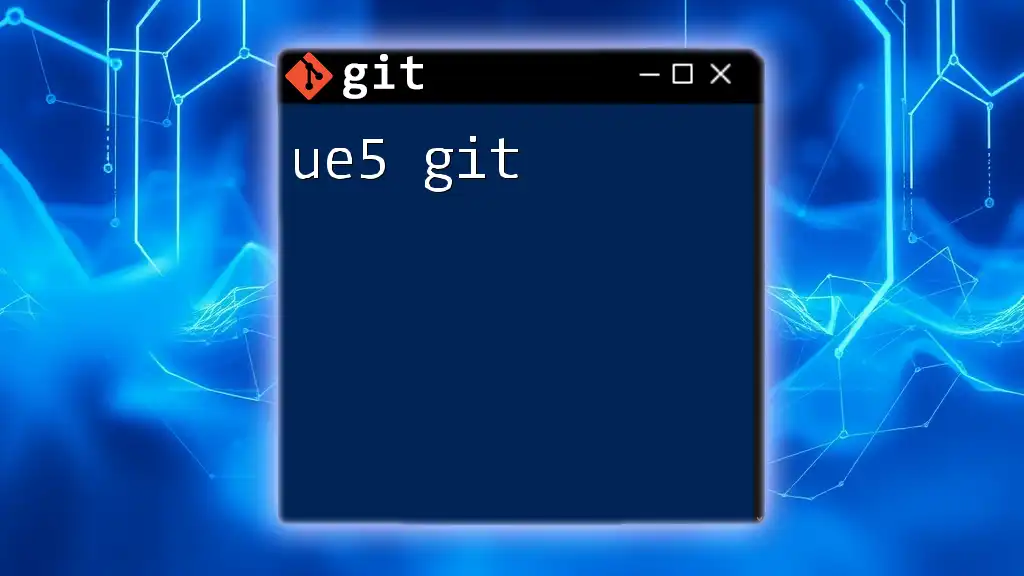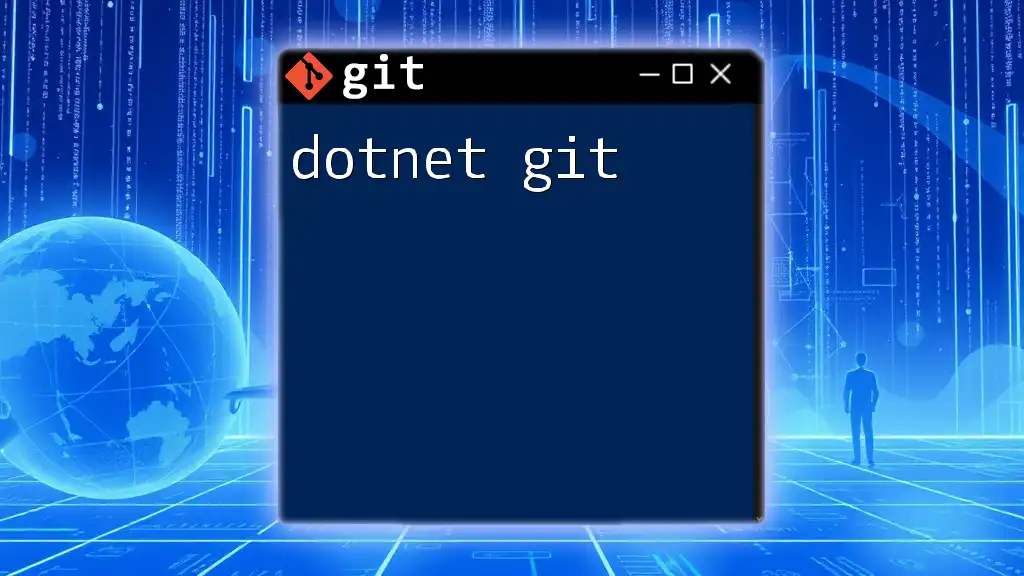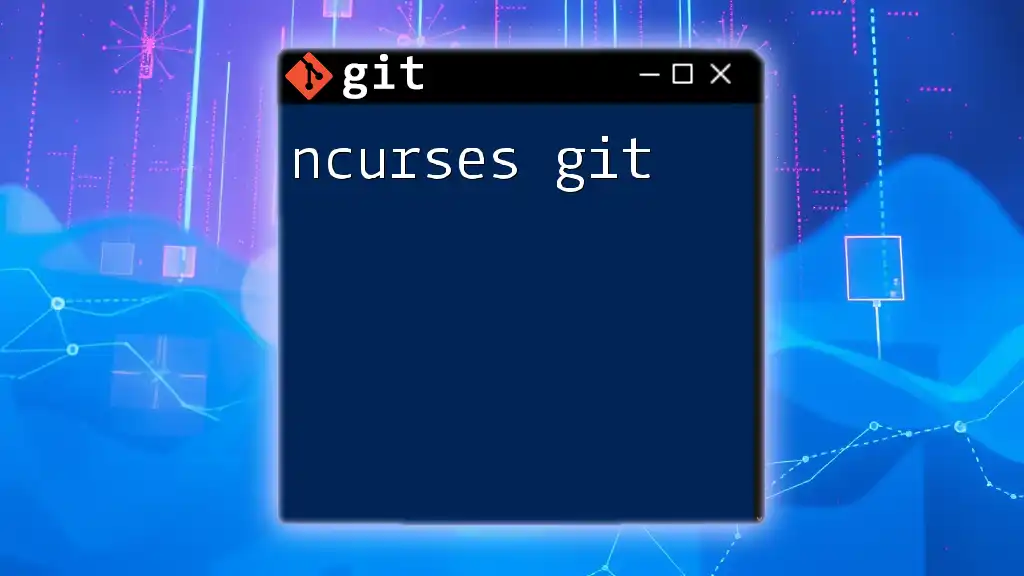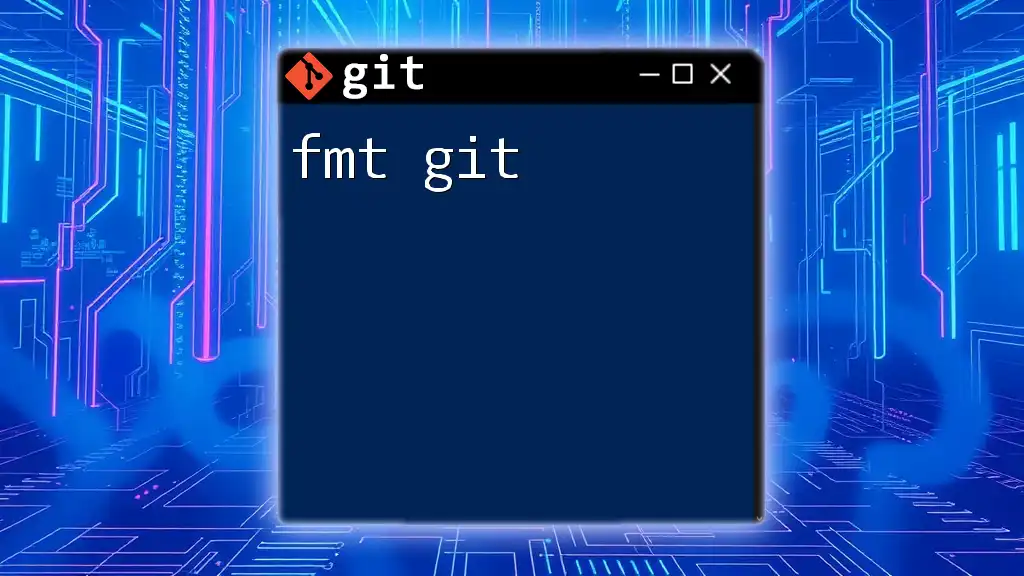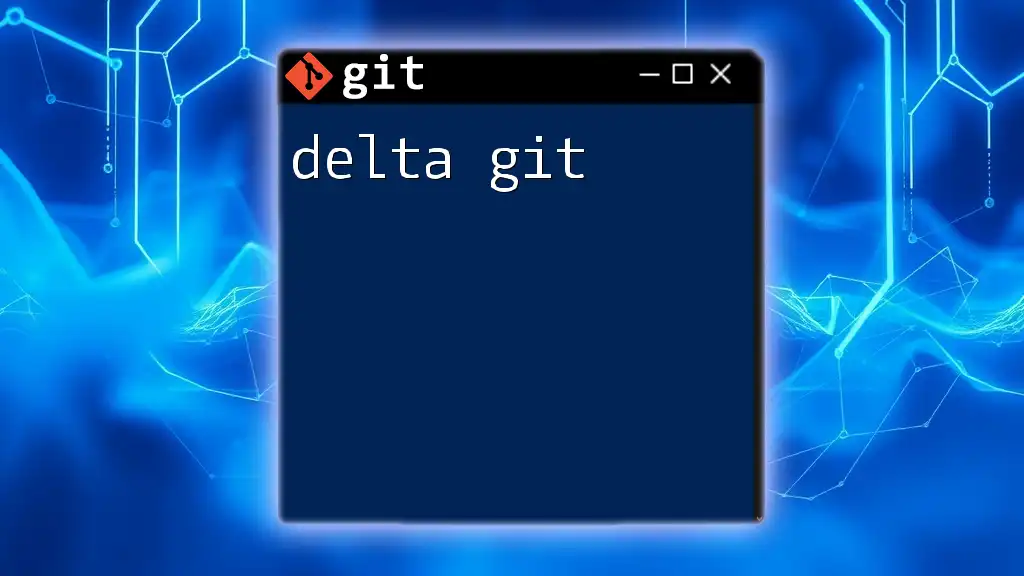"Flutter Git" refers to the use of Git version control commands in managing Flutter projects, enabling developers to efficiently track changes and collaborate on mobile app development.
Here's a code snippet to initialize a new Git repository for a Flutter project:
git init
Understanding Git Basics
What is Git?
Git is a version control system that enables multiple developers to collaborate on projects efficiently. It provides a history of changes made to files and allows developers to track modifications, revert to previous states, and work simultaneously without conflicts. Unlike centralized version control systems, Git operates in a distributed manner, meaning each contributor has the full history of the repository on their local machine.
Key Git Concepts
-
Repositories: A repository (or "repo") is a storage space where your project lives. It can be local (on your machine) or remote (on a server like GitHub). Flutter projects are often initialized as Git repositories to track changes and collaborate effectively.
-
Commits: A commit represents a snapshot of your project at a specific point in time. Each commit has a unique identifier and includes a message describing the changes made. This is crucial for understanding the history of your project.
-
Branches: Branches allow you to create isolated environments to work on features or bug fixes without affecting the main codebase. Work on a branch can happen safely until it's time to merge the changes back.
-
Merging: Merging is the process of combining changes from one branch into another, typically from a feature branch into the main branch. It’s important to manage merges carefully to resolve any conflicts that may arise.
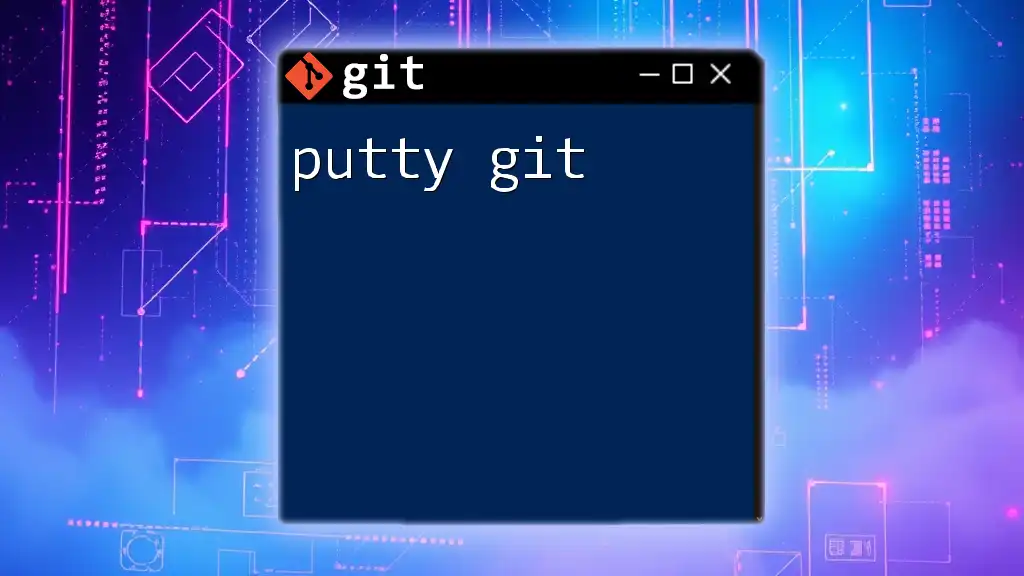
Setting Up Git for Flutter Development
Installing Git
To start using Git with Flutter, you first need to install Git on your machine. Here’s how to do it across different operating systems:
- Windows: Download the installer from the [official Git website](https://git-scm.com/download/win) and follow the installation instructions.
- macOS: You can install Git through Homebrew by running the following command in your terminal:
brew install git - Linux: Use your package manager to install Git. For example, on Ubuntu, you would run:
sudo apt-get install git
Setting Up Your Flutter Environment
Before diving into Git, ensure that Flutter is installed and configured on your machine. You can [follow this guide](https://flutter.dev/docs/get-started/install) to install Flutter.
After Flutter is installed, you can create a new project with Git initialized. You can do this by running:
flutter create my_flutter_app
cd my_flutter_app
git init
This command creates a new Flutter project named `my_flutter_app` and initializes a Git repository in that directory.
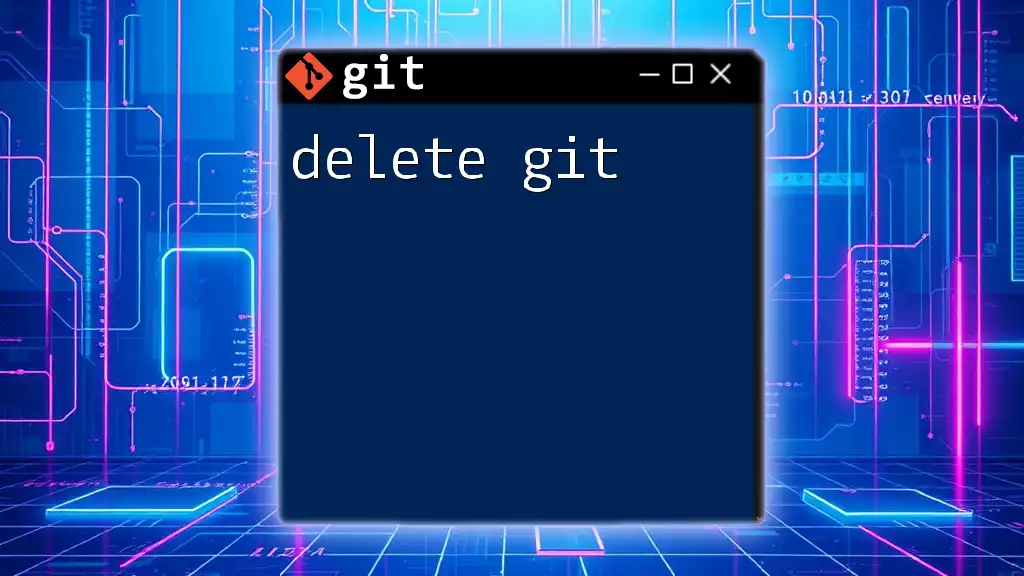
Common Git Commands in Flutter Development
Initializing a Git Repository
To turn any directory into a repository, you simply run:
git init
This command creates a new `.git` subdirectory in your project folder, which contains all the metadata for your repository. This is particularly useful when starting a new Flutter project from scratch.
Cloning a Flutter Repository
If you want to contribute to an existing Flutter project, you can clone it using:
git clone [repository URL]
For instance, to clone a sample Flutter project from GitHub, you would replace `[repository URL]` with the actual URL of the repository.
Checking the Status of Your Repository
To see the current state of your repository, including which files are staged, unstaged, or untracked, use:
git status
This command provides valuable insight into what changes have been made since your last commit.
Adding Changes
To stage changes before committing, you can add specific files or all modified files:
git add [file]
or
git add .
The latter stages all changes in your working directory, making it easier to include everything in your next commit.
Committing Changes
Once you’ve staged your changes, you need to commit them:
git commit -m "Your commit message here"
Use clear and descriptive messages to help yourself and others understand the changes made. For example:
git commit -m "Fix bug in home screen layout"
Such conventions keep your project history clean and informative.
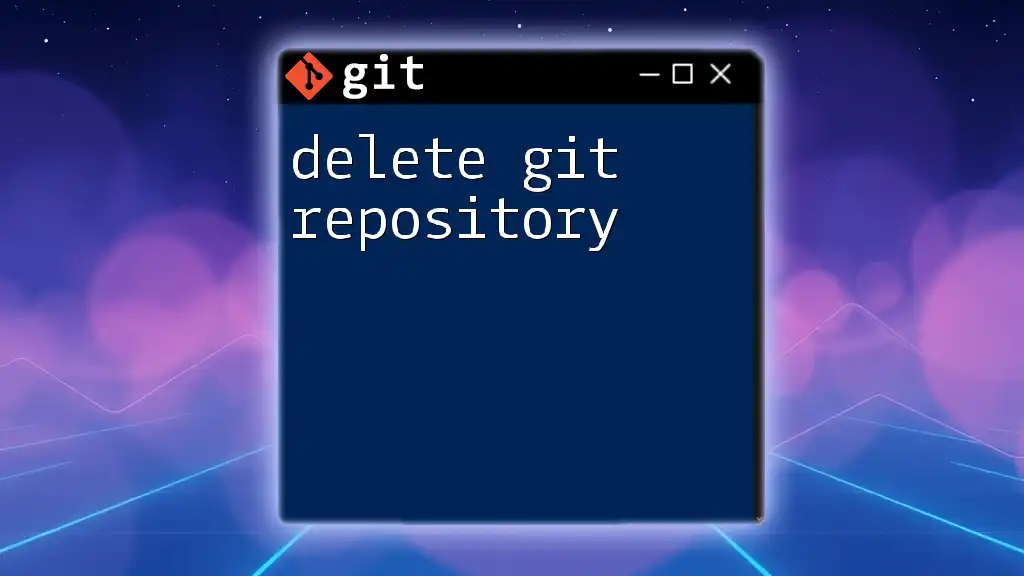
Working with Branches in Flutter
Creating a New Branch
When you want to start working on a new feature, create a branch:
git branch [branch_name]
After creating the branch, switch to it using:
git checkout [branch_name]
Alternatively, you can combine both steps into one:
git checkout -b [branch_name]
This command creates a new branch and switches you to it, allowing you to start development immediately.
Merging Branches
Once you’ve finished working on a branch, it’s time to merge your changes back into the main branch. First, switch to the main branch (often called `main` or `master`):
git checkout main
Then merge:
git merge [branch_name]
If there are no conflicts, Git will seamlessly merge the changes. If there are conflicts, you’ll need to resolve them manually, edit the files, and commit the resolved changes.
Deleting a Branch
After merging, you can delete the feature branch if it’s no longer needed:
git branch -d [branch_name]
This helps keep your repository clean and avoids clutter with obsolete branches.
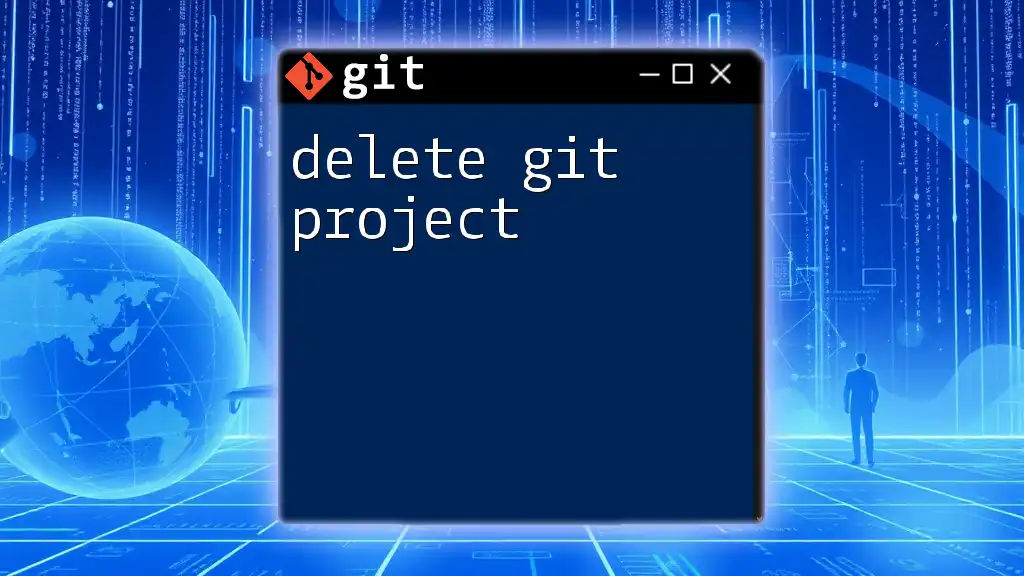
Collaborating on Flutter Projects Using Git
Remote Repositories
To collaborate with others, you need to set up a remote repository. To link your local repo to a remote one, run:
git remote add origin [repository URL]
This connects your local Git repo with the remote one hosted on platforms like GitHub.
Pushing Changes to Remote
To share your local commits with others, push your changes to the remote:
git push origin [branch_name]
This command uploads your commits from the specified branch, allowing collaborators to access your updates.
Pulling Changes from Remote
To ensure your local repo stays updated with the latest changes made by others, you need to pull those updates:
git pull origin [branch_name]
This command fetches and merges changes from the remote into your current branch, ensuring you’re always working with the latest code.

Best Practices for Using Git in Flutter Development
Writing Meaningful Commit Messages
Crafting informative commit messages is crucial for maintaining project clarity. Instead of vague messages like "fixed stuff," use detailed messages like "Refactor user profile screen to improve layout responsiveness." This habit will pay off when reviewing the project history.
Regular Commits and Frequency
Regularly committing your code changes not only provides a clear history but also helps to manage potential conflicts effectively. Commit often, especially after completing a specific feature or resolving a known issue.
Using Git Ignore Files
The `.gitignore` file is essential for preventing certain files (like build files or personal configurations) from being tracked in Git. In a typical Flutter `.gitignore`, it’s common to include:
# Flutter/Dart specific
build/
.dart_tool/
.packages
Creating and maintaining a proper `.gitignore` helps keep your repository clean and focused only on the important aspects of your project.
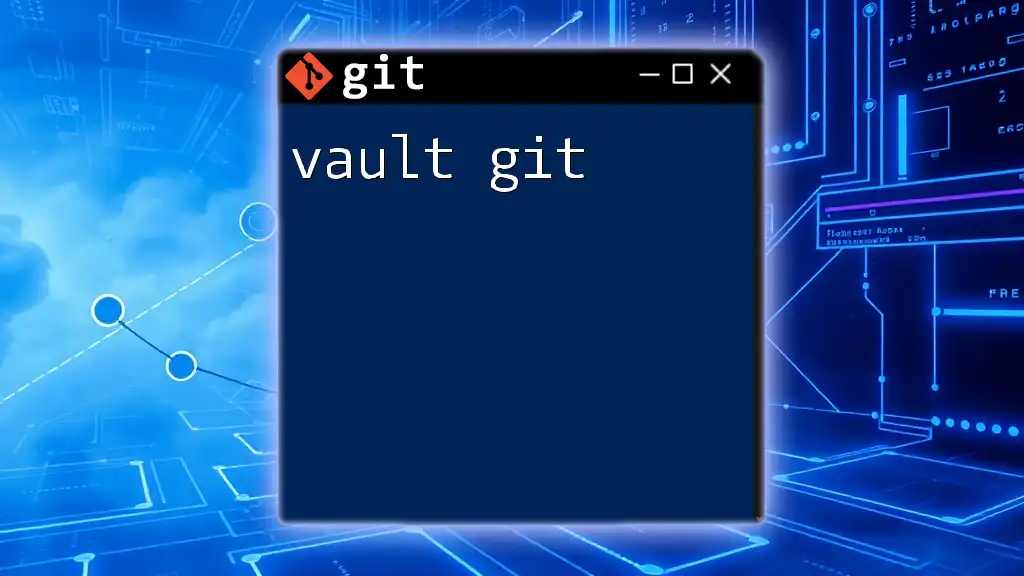
Conclusion
Git is an indispensable tool for managing code changes and collaborating on Flutter projects. By mastering the basic commands and best practices outlined in this article, you will significantly improve your workflow and make your Flutter development experience more enjoyable and efficient. Don’t hesitate to practice these commands and explore additional resources to deepen your understanding of both Flutter and Git!

